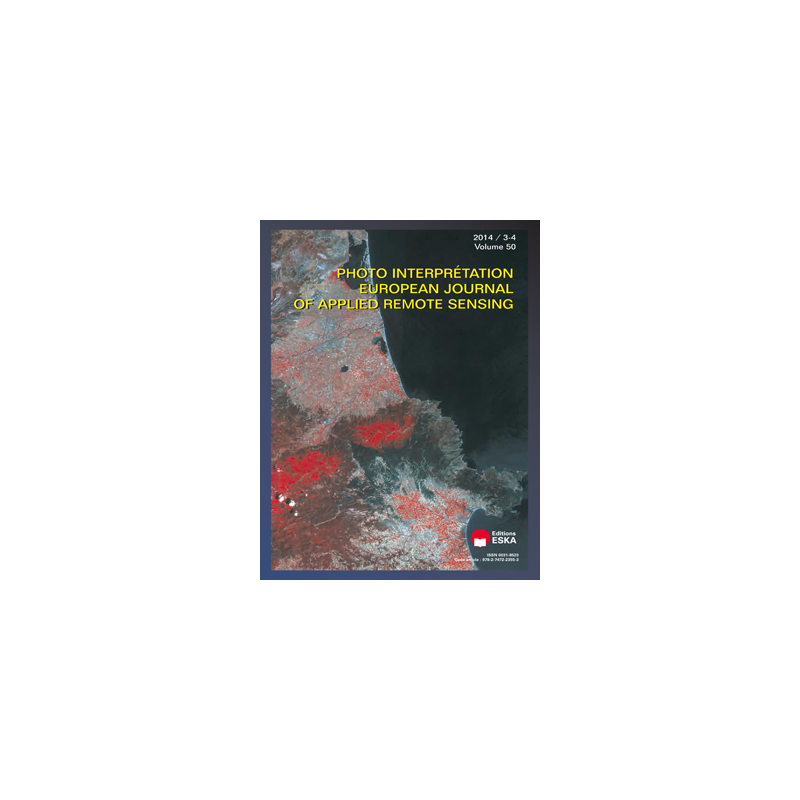



 Security policy
Security policy
(edit with the Customer Reassurance module)
 Delivery policy
Delivery policy
(edit with the Customer Reassurance module)
Abstract
The objectives of this work have consisted identifying the groundwater productive zones of fissured aquifer of Center-East of Ivory Cost: Bongouanou department. Envisat radar and Landsat7 ETM+ images have been treated merged and interpreted to extract the fractures of the study zone. The drilling parameters have also been exploited in this work. Their integration in two multi-criteria analysis have allowed to product on the one hand the map of potential aquifers according to JOURDA et al. (2006) method and on the other hand the map of groundwater productivity according to SALEY approachs. Those two maps although, having divergence approaches in the conception of their indicators, seem to describe a little similarity in the space sharing out of class of groundwater potential. In fact, The Aquifer potential map describes the productivity of the aquifer in accordance with the tectonic fracturing density, the
weathering and the refill, even though the Groundwater productivity map determines the zones of obtaining important flows at weak depth. This appearance similarity shows certainly that the intensely fractured zones, supply important flows generally at weak depths in the hard rock aquifers. In this way, the south (M’batto, Anoumaba), the west (Tiémelékro), the north (Assie-Koumassi) and the east (Andé, Arrah) regions are the most productivity zones in this department. They are also the sectors which we can have an important flow for a weak depth drilling. The joint using of those two thematic maps will allowing to localize the productive sectors made of groundwater in this fractured rock.
KEYWORDS Remote sensing, multi-criteria analysis, Aquifer potential, Groundwater productivity, hard rock, Ivory Coast.